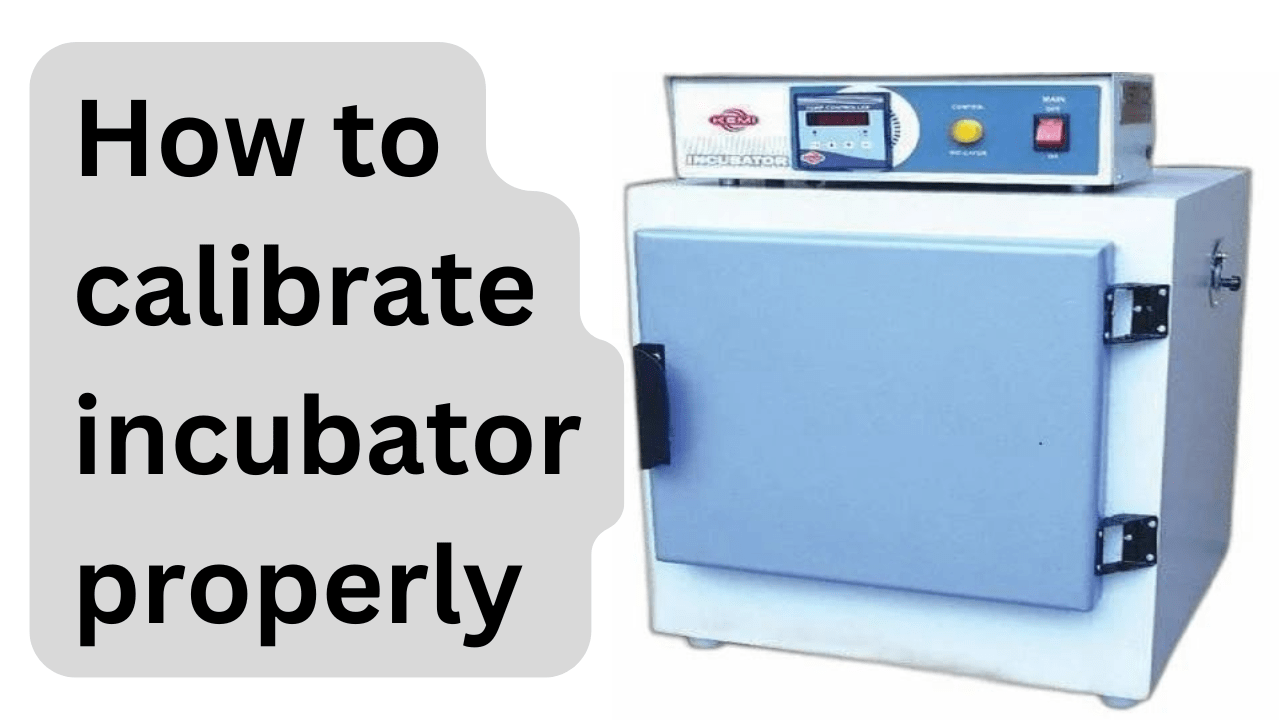Incubator is an insulated enclosure in which temperature, humidity can be regulated at levels optimal for bacterial growth.
Calibrating a CO₂ incubator is crucial to ensure it maintains accurate conditions for cell culture and other sensitive biological experiments.
Here’s a step-by-step guide for calibration:
You may need all these equipments before starting calibration.
- External CO₂ analyzer (e.g., infrared or thermal conductivity type).
- Hygrometer.
- Thermometer
- Calibration gases with known CO₂ concentrations (e.g., 0%, 5%, 10%).
- Distilled water.
- Stabilize the Incubator: Allow the incubator to stabilize for at least 24 hours at its operating conditions.
Temperature Calibration
- Place a calibrated thermometer/probe in the center of the incubator.
- Compare the incubator’s display temperature with the external thermometer reading.
- Adjust the incubator settings if there is a discrepancy, following the manual.
- Confirm stability over several hours.
CO₂ Calibration
- Turn Off CO₂ Supply: Disable the CO₂ supply to ensure no flow during the zero-point calibration.
- Perform Zero-Point Calibration:
- Flush the incubator chamber with 0% CO₂ calibration gas.
- Wait for the CO₂ reading to stabilize, then adjust the internal sensor to read 0%.
- Calibrate with Known CO₂ Gas:
- Introduce a calibration gas with a known CO₂ concentration (e.g., 5% or 10%).
- Allow the sensor to stabilize, then adjust the incubator reading to match the gas concentration.
- Verify: Repeat the measurement with another known concentration to confirm accuracy.
Humidity Calibration
- Use a hygrometer to measure the relative humidity inside the incubator.
- Compare it to the incubator’s humidity display.
Validation and Record-Keeping
- Validate Over Time: After calibration, monitor the incubator for several hours to confirm stability.
- Record Data: Document all calibration steps, tools used, and final settings for future reference.
Note:
- Perform calibration regularly, typically every 6–12 months or as specified by the manufacturer.
- Calibrate after any significant maintenance or if discrepancies in conditions are suspected.
- Use high-quality calibration gases with precise CO₂ concentrations.
Proper calibration ensures the accuracy of the environmental conditions, safeguarding your experiments and results.
